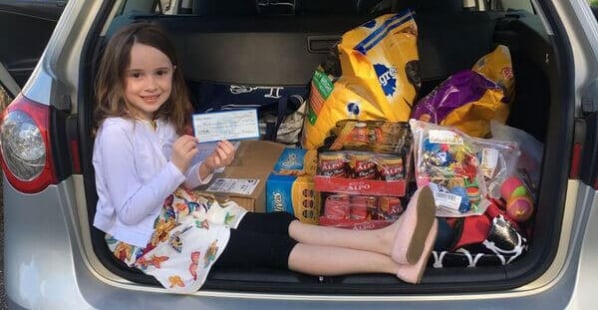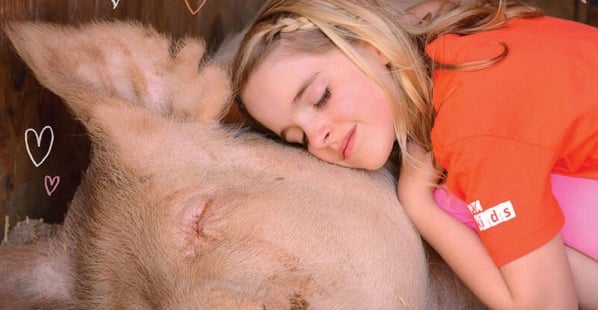We Spotted This Hero for Cheetahs!
The thought that the animals we care about might become extinct one day is sad and scary. Joris, a 10-year-old animal activist who lives in Seattle, learned about the dangers that cheetahs face and decided to do something about it. We got to interview him about his inspiring work to save these magnificent animals.
 1. When did you start working to help save cheetahs?
1. When did you start working to help save cheetahs?
When I was 6 years old, I was reading a book about cheetahs, and it said that cheetahs might go extinct in my lifetime. I asked my mom what “extinct” meant, and when she told me, I got very sad. Then I asked her what we can do to help stop that from happening. So my mom started looking for places that were already helping cheetahs, and we found N/a’an ku sê. It’s a wildlife sanctuary in Namibia that helps not only cheetahs but also other animals like leopards and lions. I started trying different things to help raise money and donated that to N/a’an ku sê.
2. You’ve done so many different things to help cheetahs! Tell us about them.
We try to think of different things to raise money. I have done lemonade stands around town, and we had an online fundraiser. Two years for my birthday party, I had a roller skating fundraiser where we rent out the roller skating rink and ask for donations instead of birthday presents. My grandparents have let me sell flowers from their nursery for donations. This year, I did a FUNDrive through Value Village and collected used goods for a few months. We then had a garage sale first, the rest was weighed, and Value Village gave us money for that. This is the second year that I’ve done a T-shirt selling campaign through Booster. This is my fourth year fundraising, and altogether, I’ve raised almost $13,000.
3. YOU’VE GONE TO VISIT N/A’AN KU SÊ. WHAT WERE THOSE VISITS LIKE?
N/a’an ku sê is the best place in the world! I feel happy there because I get to see our animal friends, and the staff and other volunteers (from all over the world) are fun to hang out with. I get to help prepare food and feed the animals, help clean enclosures, and help with field research. It’s really tiring but very fun. Sometimes we just get to hang around the animals, but a lot of the time we have to do actual work. There is a cheetah named Joris at N/a’an ku sê who was named after me the first year I fund-raised.
4. Last year, you were honored as an Action for Nature Eco-Hero Award winner. What was it like to speak at the Eco-Hero Awards?
I was nervous at first, but after I finished, I was really glad that I did it. The people in the room made me feel like they were actually listening and paying attention, and they all told me that they think it’s an important cause, too.
5. What do you think kids can do to help animals?
They can help raise awareness in their schools or communities. They can also help raise funds for organizations that are already helping animals because they always need more money to continue their work, and adults like it when kids help a cause that they believe in. Lemonade stands are pretty easy for kids to do, but you can do other things, too. Just be creative! One thing I’m trying to make sure we do now is offer something in return for donations, like the T-shirts or lemonade. Asking friends and family for money is great to do one time, but you can’t keep doing that, so you have to think of other ways to raise money. Kids should know that they’re never too young to help make a real difference.
6. What do you want to be when you grow up?
I want to be a wildlife biologist at N/a’an ku sê.
7. What are some of your favorite cheetah facts?
They’re the only big cat who can purr! They can make a noise when they talk to each other that makes other animals think that they’re just birds. Cheetahs are the fastest land mammal on Earth, with a top speed of 75 mph. Every cheetah spot pattern is unique.




Under 13? Ask your parents bee-fore you continue!